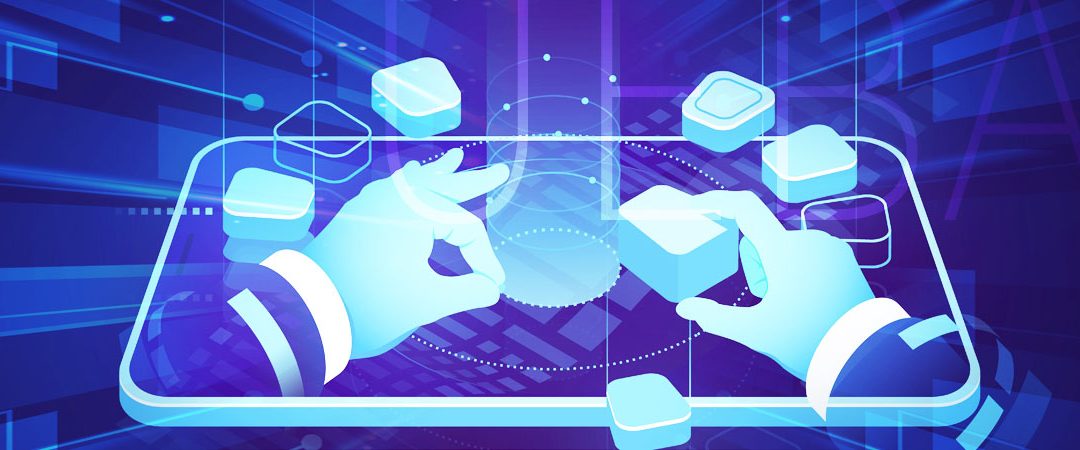Many medium-sized and large companies have significantly enhanced their IT security in recent years. But the problem is that hackers continually reinvent themselves, too. And they’re devising more and more insidious methods of paralyzing systems and pilfering data. It’s certain that malware attacks will significantly increase again in 2020. Companies that want to protect themselves need to take a strategic approach to their cyber resilience – by combining unified endpoint management UEM and endpoint security.
Modern hacker attacks come from various sources, and it’s difficult to pinpoint their location. Attacks result from phishing, malware, and passwords that have been cracked to an approximately equal extent. The remainder have yet a different origin. Their diversity makes it significantly more difficult to defend against them. Other developments are also necessitating new approaches with respect to IT security. Examples include:
- The emergence of technologies such as cloud computing and the Internet of Things (IoT) [link in German].
- The rapid increase in the use of mobile devices. Hackers are now using all types of mobile devices as targets for their attacks.
- Legacy systems are another factor contributing to the problem, because unsupported operating systems offer a potential gateway for malware.
- Companies need to offer the best possible customer and user experience. High IT security standards are often counterproductive in this context. The challenge is finding the right balance.
- In many cases, sensitive data is the target of attacks. These days, the problem isn’t just that it may be stolen. In accordance with the EU’s GDPR, such losses can result in painful consequences for those responsible, such as fines or even imprisonment.
- Oftentimes, a company’s operational procedures are enough to keep IT departments on their toes. This results in a lack of resources for adapting the company’s security architecture, which exacerbates the problem. Security tools implemented on the fly may be helpful in an emergency, depending on the circumstances, but they don’t constitute a sustainable solution.
The importance of cyber resilience
Companies need an integrated approach to cyber defense. Expert circles talk about the concept of “resilience” in this context, which has its origins in psychology. Resilience refers to the far-reaching ability to resist negative influences. When it comes to IT security, cyber resilience aims to establish integrated strategies that are embedded in all of a company’s systems to provide better protection against cyberattacks. Among others, these include concepts for cybersecurity and business continuity management.
Unified endpoint management (UEM) and security measures in particular need to be closely interlinked, because that 70 percent of all attacks start at the endpoint. By using this approach, those in charge can be significantly more effective in preventing attacks against IT systems and ensure they continue operating flawlessly. Or – if these efforts should fail at some point – the systems can get up and running again quickly. At the heart of the strategy is the ability to respond to attacks and events early on and take steps to combat them before the company gets into a predicament. One should consider potential scenarios if possible.
Holistic approach to the implementation of the cyber resilience strategy
In order to ward off threats by means of a cyber resilience strategy, it’s advisable to use UEM systems to manage all devices. The advantages of these systems also include making work easier, optimizing processes, and registering devices and services in their entirety with the help of automation. Current UEM solutions have access to all devices and an overview of the applications running on them. It makes absolute sense to connect and integrate corresponding security solutions in this situation. Automated security ties into these solutions – and eliminates the need to take manual action against attacks. If an event occurs, the software uses an automated approach to initiate all the necessary steps. Which means that in the worst case, for example, an infected IT system can immediately reboot on a fully automated basis.
Overview of integrated security
An integrated cyber resilience approach offers companies a range of advantages. Companies can make their systems resilient in the course of “UEM – for IT” by using simple methods. Automation results in a high level of security – around the clock. Devices have comprehensive protection, but it doesn’t mean more work for the employees who use them. This aspect is key, because it means there is no interference in the employee experience.
Necessary components for successful endpoint security
Reliable endpoint protection comprises a large collection of measures to form a cyber resilience strategy. Only those who consider all the aspects can attain a maximum level of security:
- Data protection: automated measures accompany the manual ones. However, this means that training for employees is still important so they learn to avoid risks. Managing databases securely can be simplified with the support of technology.
- Device control: each individual device that has access to the company’s IT should be registered and secured. The same applies to employees’ personal devices like smartphones, tablets, and laptops. This means that data interfaces (USB, cloud, Bluetooth, and so on) that could pose a threat should be monitored and filtered.
- App control: IT manages all applications on a central basis, which systematically minimizes IT risks. As a result, IT can monitor access to applications that are and aren’t wanted at any time.
- Encryption: encrypting all the available data prevents damage in the event of a data loss. Encrypted data can’t be exploited by those outside the company.
- Automation of malware protection and prevention: automated detection in the case of anomalies and deviations makes it easier for IT to respond quickly. This significantly increases the chance of shutting down attacks before they can even do any damage. In this case too, it’s crucial that suspicious activities pointing to malware aren’t just highlighted but also stopped on an automated basis.
Click here to get more details.

